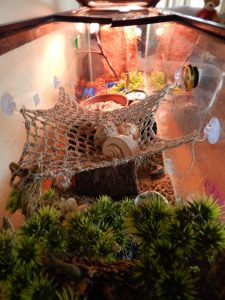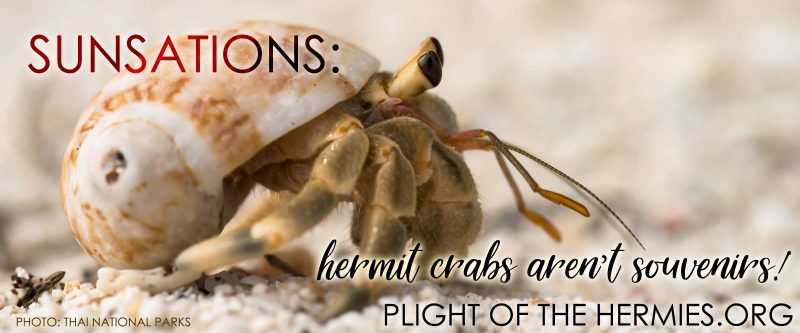This is a story about a little green bug—and the woman who saved his life.
In the summer of 2018, Sherrie Carter had offered up her beautiful beach home on Buckroe Beach in Hampton, Virginia, as she frequently did, to a group of volunteers from the local VegFest for a pool party. That evening, as we laughed and said our goodbyes in the front parking lot, my eye caught a glinting green beetle struggling in a spider web—the predator with her menacing fangs just inches away, preparing to descend on her new meal.
I couldn’t take it, the horror of this feast. I swept in and scooped the little beetle out of harm’s way and gently set him down in the bushes, hoping the spider would find a new victim to sustain herself when I wasn’t there to witness it. I know—we shouldn’t interrupt nature, good, bad, or ugly—but that’s who I am. The suffering overcomes me.
Later that night, the beetle had somehow managed to climb all the way up onto Sherrie’s second-floor deck and was waiting for her with a broken wing, unable to fly. Of course, within moments, the beetle was in a Tupperware with a capful of water and some fruit in Sherrie’s kitchen, because that’s who Sherrie was: she couldn’t ever turn her back on a problem, or on someone in need.
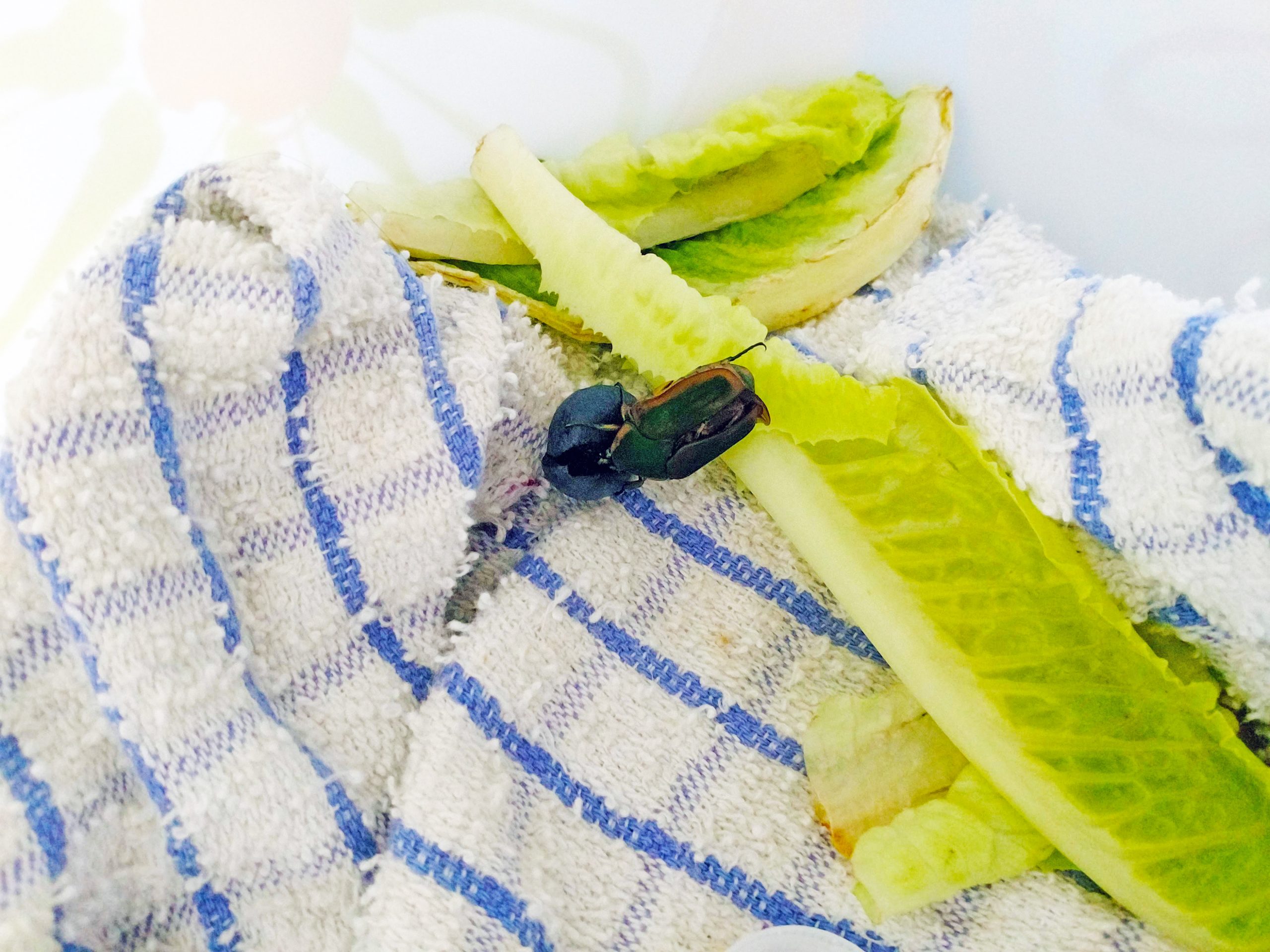
Sherrie quickly updated me with a barrage of pictures, showing the little June bug—whom we immediately and fittingly named June after the daunting, fearless protagonist of our shared favorite show The Handmaid’s Tale—in his new little home. Climbing branches, devouring blueberries, nestling among leaves. Deprived of his wings from the damage of the spider’s web, he could not survive outdoors ever again. Alongside her four felines, he would be Sherrie’s forever companion.
Pretty soon, June Bug got an upgrade: a full aquarium from the pet store. For the entire summer, Sherrie documented his progress, frequently sharing photos with me about how proud she was of the little bug who somehow climbed an entire story after losing his flight. His perseverance, his will to live, all encapsulated in such a tiny body. To most, he was just an annoying June bug, swarming in the light of our porches on warm summer nights. But behind his dazzling emerald shell, Sherrie saw so much more. To Sherrie, he was brave, determined, a survivor. He was a voracious eater whose favorite food was blueberries. He was an individual. To Sherrie, every little being was remarkable, worthy, important.
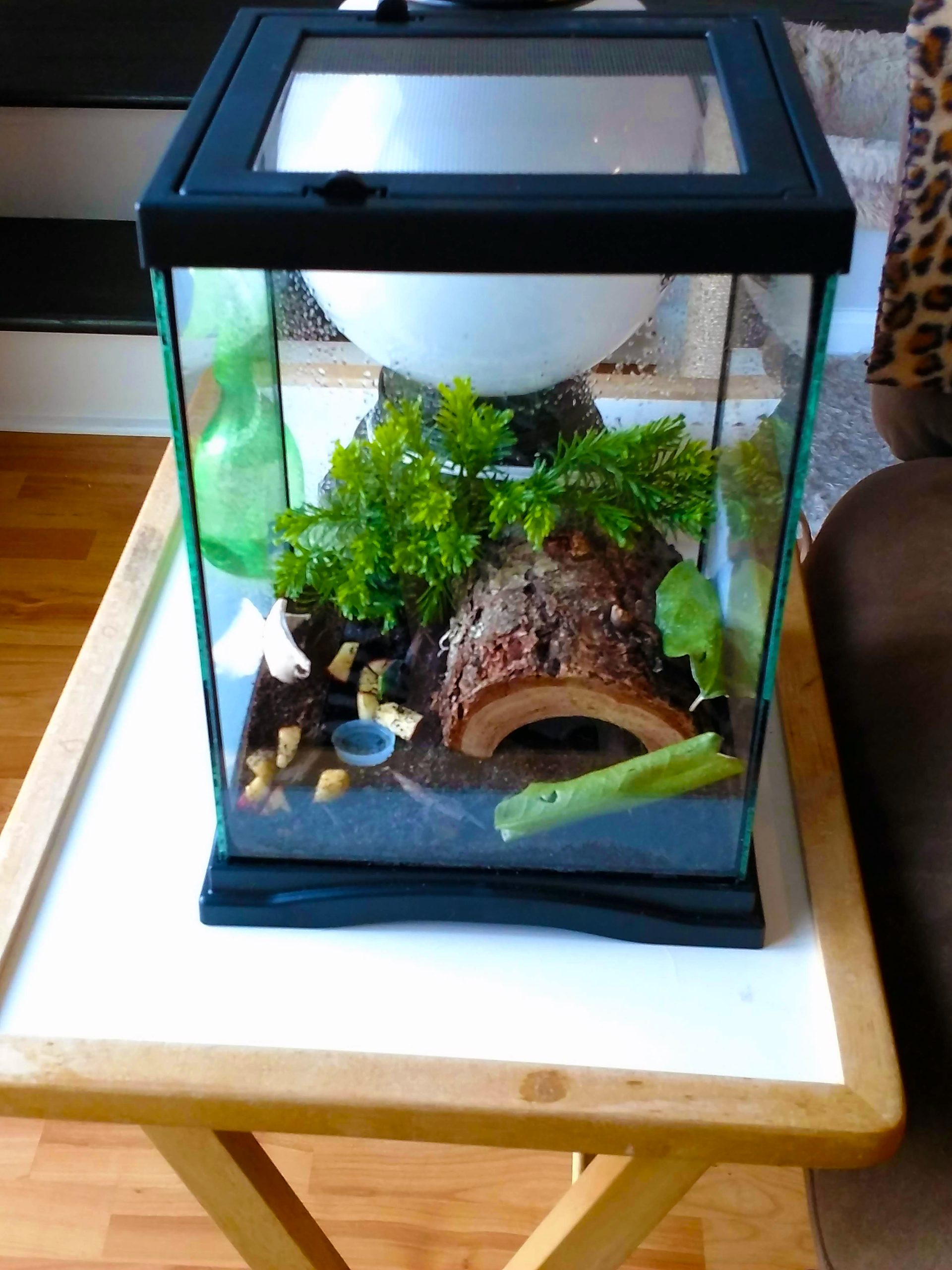
I promised her I’d write a story about little June on my blog, where I share true and remarkable animal stories with the world, but between life and moving and chores and my potbellied pig who enjoys biting holes in my drywall for fun, I never did.
And as the sweltering summer gave way to the September breeze, June Bug, as nature had always intended, finally left this Earth. Sherrie kept his little shelled body, his exoskeleton, on her condo mantle in remembrance. She shed tears. I did too.
On January 2, 2021, after an illness, Sherrie joined him, leaving me and all of those who knew her with more tears and a giant hole in our hearts. That month, as I opened her computer and begin the arduous process of digging through her files trying to make sense of what I had lost, I found a gold mine: an entire folder dedicated to June Bug, with dozens upon dozens of photographs. It was time to write.
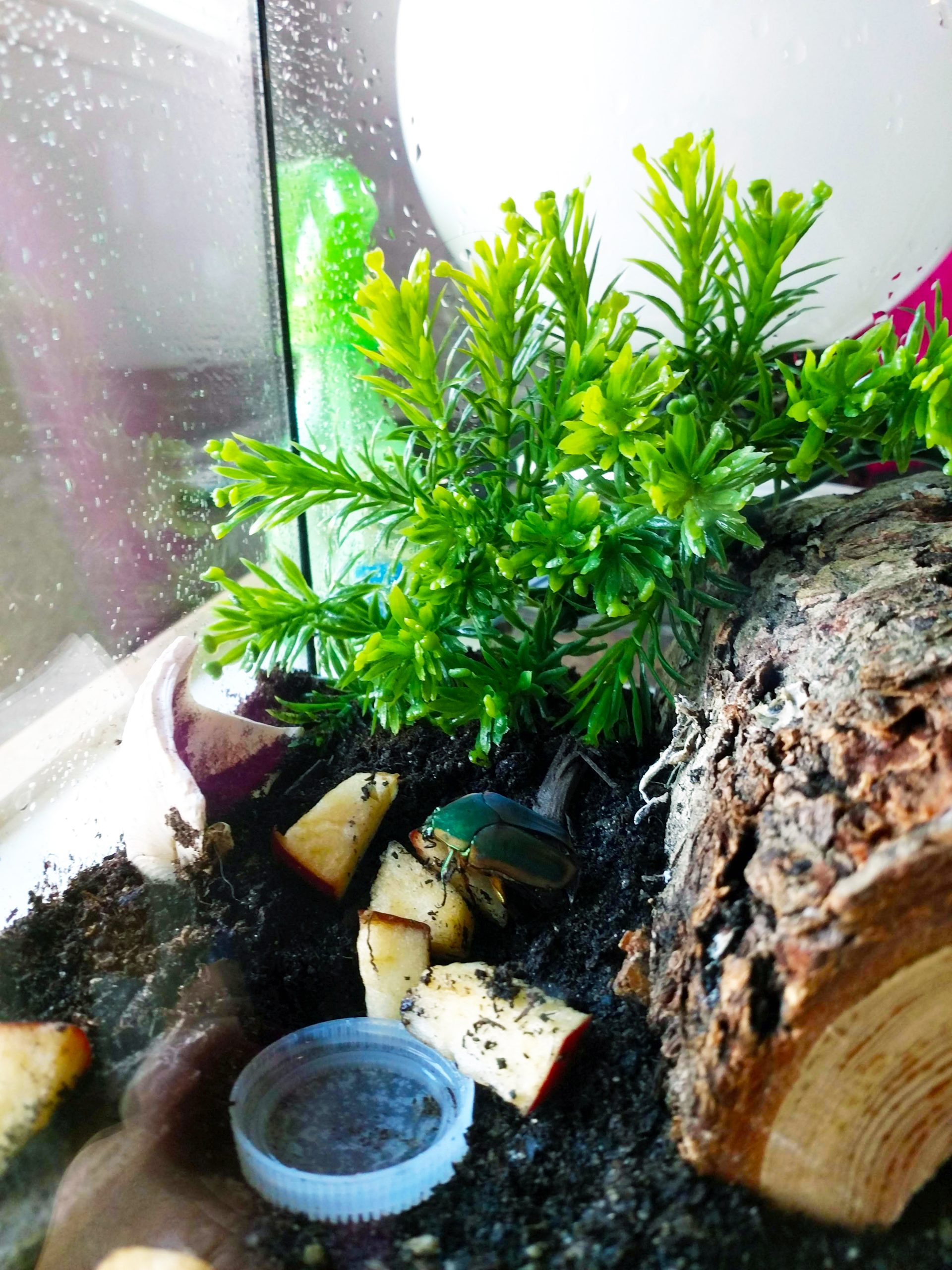
To understand Sherrie’s remarkable relationship with such an insect, you only had to know Sherrie for a moment. I knew her for almost 13 years. As I was winding down my college career and simultaneously discovering the horrors we inflict upon the beings with whom we share our world—from dismal factory farms to barren zoo cages and bathtub-sized pools confining magnificent orcas—I plunged into the world of activism, aching for a better world. It was then, through the newly hatched advocacy group Richmond Friends of Animals, that Sherrie and I joined forces.
We attended dozens and dozens of demonstrations together over the years and plotted alongside other group members how we could overthrow the evil powers-that-be, or at least put the wicked proprietors of Alan Furs out of business. Sherrie, several other activists, and I soon became penpals of sort, emailing and texting day in and day out about our trials and tribulations of life between our monthly protests and vegan potlucks. I learned of Sherrie’s incredible heartbreaks one after another—her mother, her brother, her father, her cat Boogie (who chased balls like a puppy and suspended himself from the back door window to watch the comings and goings), her dog Jack (whom she’d plucked from a filthy hoarder disguised as a rescue operation and whisked off to the vet to have an enormous abscess removed). Yet Sherrie persevered, just like June Bug. She showed up with a smile on her face, refusing to let the ache swallow her whole.

In 2010, Sherrie was named one of Allen and Allen’s 100 Hometown Heroes for her work in animal rescue and advocacy and was presented her award at the local baseball stadium. She made no fanfare of it—that’s who she was. She was always bailing out shelter dogs from high-kill areas like Rome, Georgia, funneling funding to their medical care and even helping transport them to safety. On her computer, I’d later find files and files of folders and spreadsheets documenting the hundreds of donations and animals she’d saved.
One day last fall, I got a flood of texts from Sherrie. She’d liberated two lobsters from the grocery store because she couldn’t bear to watch them alone in that tank, awaiting their fate of being boiled alive (disclaimer: please don’t repeat this; though Sherrie’s heart was pure, her money was, of course, just going to fund their replacements in that tank). The previous year, I had conducted a lobster rescue of the great Lawrence von Croydon and released him into the Atlantic, and Sherrie wanted to do the same. Of course, being Sherrie, she leapt into action. I walked her through how to release the two crustaceans safely, all while she filled my phone with expletives about how cruelly they had been wrapped up like produce. Sherrie was nothing if not passionate about her compassion.
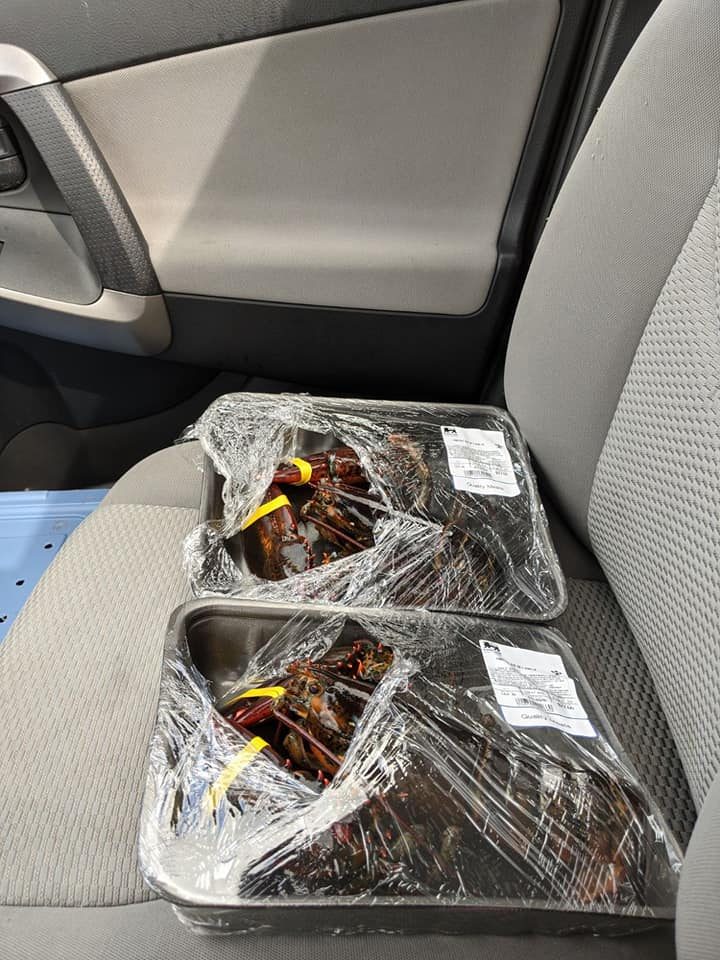
Like that clawed pair, so many of us owe our lives to Sherrie.
About six years ago, Sherrie started calling me her daughter. We, of course, had our own families—me with my parents in Hawaii and her with her grown step-kids—but both of us were physically distanced from our families. After both of our divorces, we were two women on our own, forging our uncertain paths forward. That shared purpose, that surrogate familial bond, meant the world to me. Sherrie was the person I called late at night as I cried lonely tears. She was the one who doled out financial advice and reminded me that I could carry on despite my doubts and insecurities. Honestly, I can’t imagine where I’d be today had I not had her by my side through several years of hardship. She was always there, without fail, for me, and for countless others—even when it took a ginormous toll on herself.
I think back about the burden she carried for me, and others, who needed her. I wish now more than anything we could all tell her how much it meant, and tell her it’s okay to rest easy now. But I know it was what she felt compelled to do with her life—to help, to serve—just like she helped June Bug.

In her final months, Sherrie and her four cats took to the road in her new RV, and she told me often that she was living her dream, like pioneer woman in Barbie dreamhouse. After years of giving and serving, Sherrie found her path, a way to nurture her own soul the way she nurtured countless others’ who crossed her path.
Managing her estate has been straining, draining, impossible. It is the futile attempt at wrapping up a life unfinished with a neat little bow. It is the water over a gas-fueled flame, a fire that yearns to keep breathing warmth into everything it touches.
So when I cry, when I want to shut down, I pull out the postcard I found in her RV, which features two prancing puppies alongside the text: “If we are ever to enjoy life, now is the time, not tomorrow or next year… Today should always be our most wonderful day.” -Thomas Dreier
Sherrie will continue breathing life into us all for years to come, to help us make each day the most wonderful day.


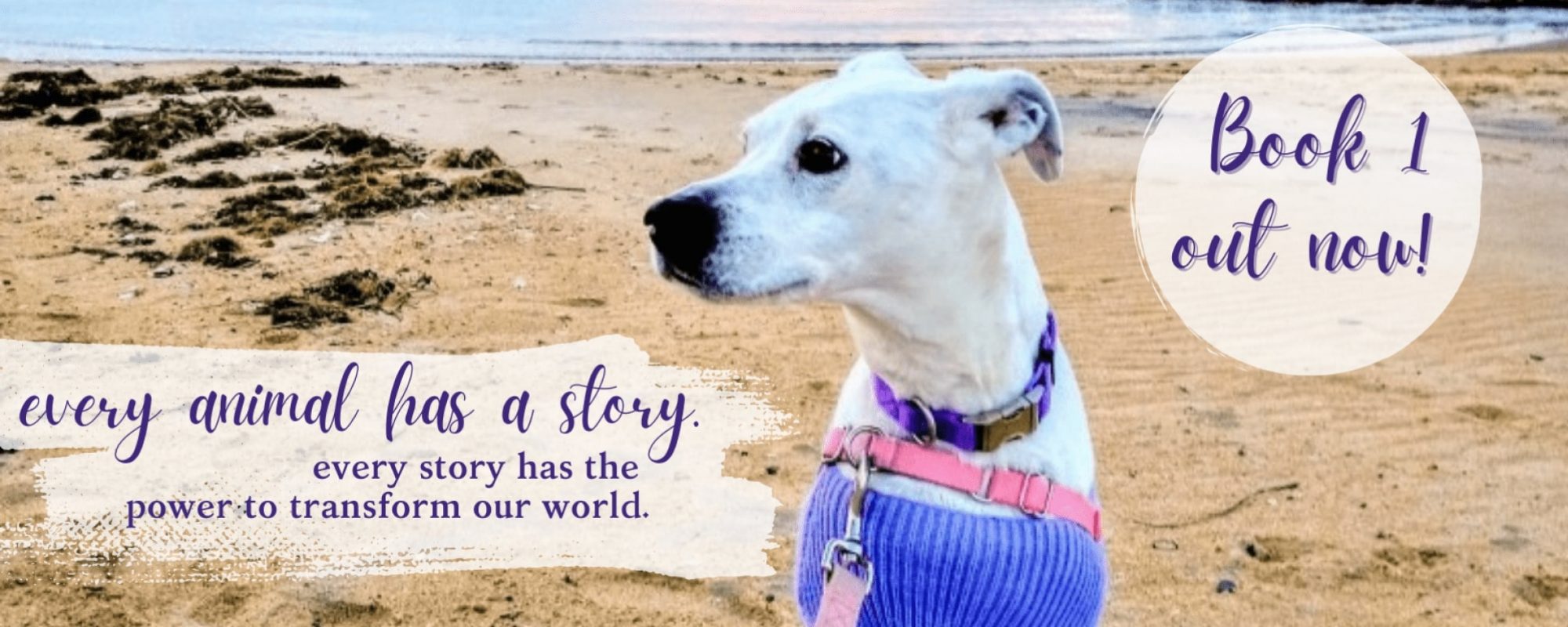
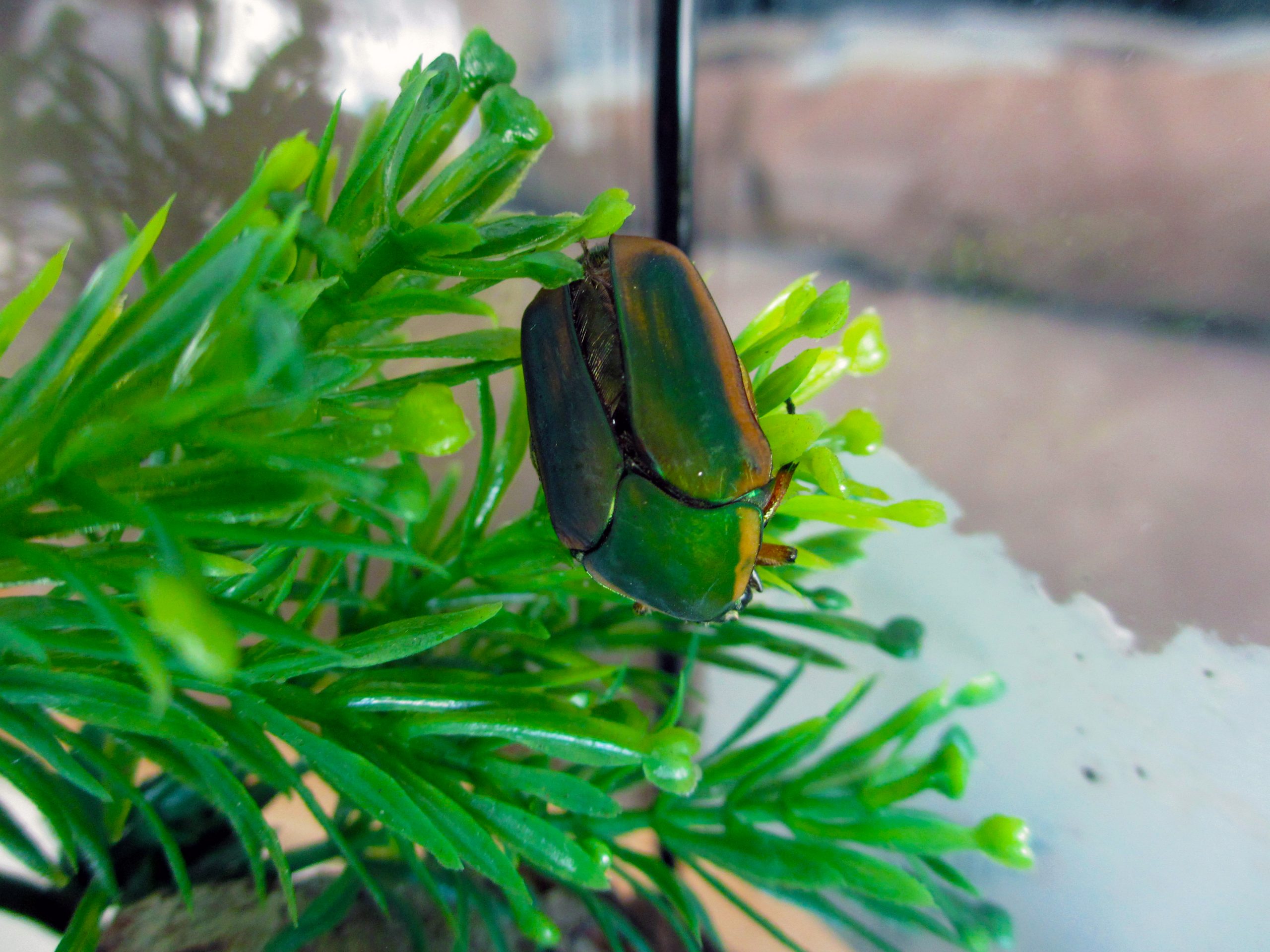
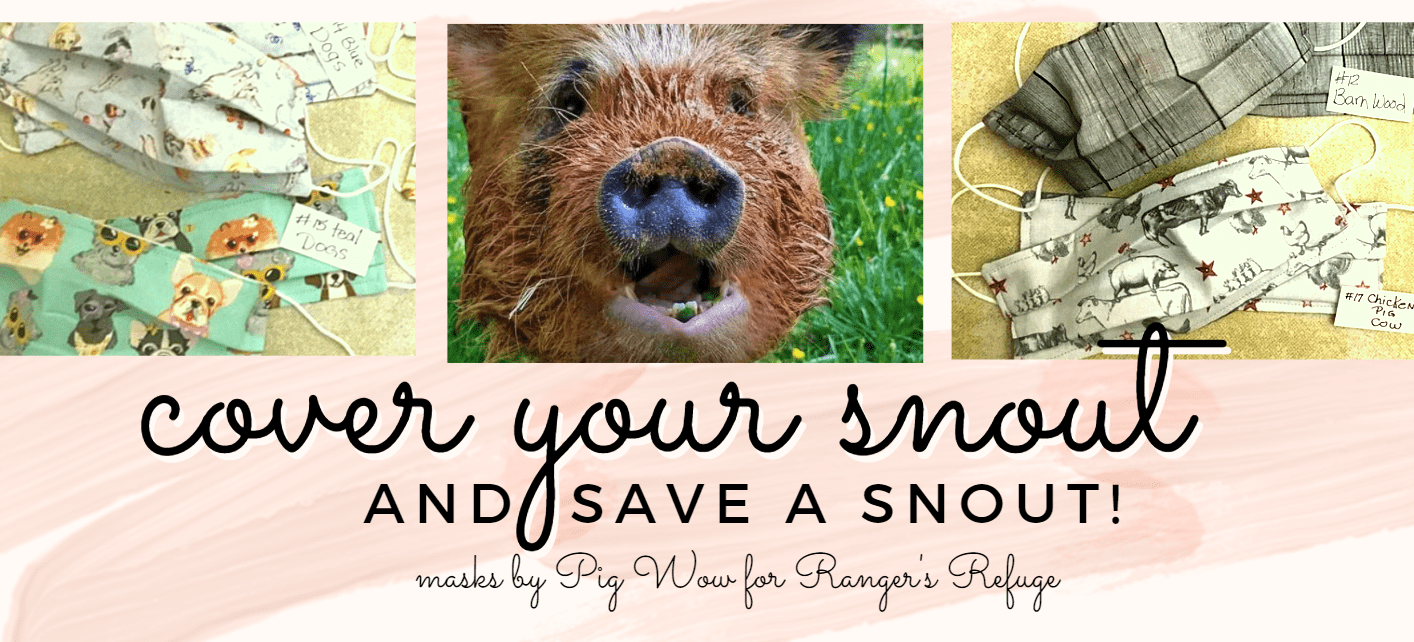




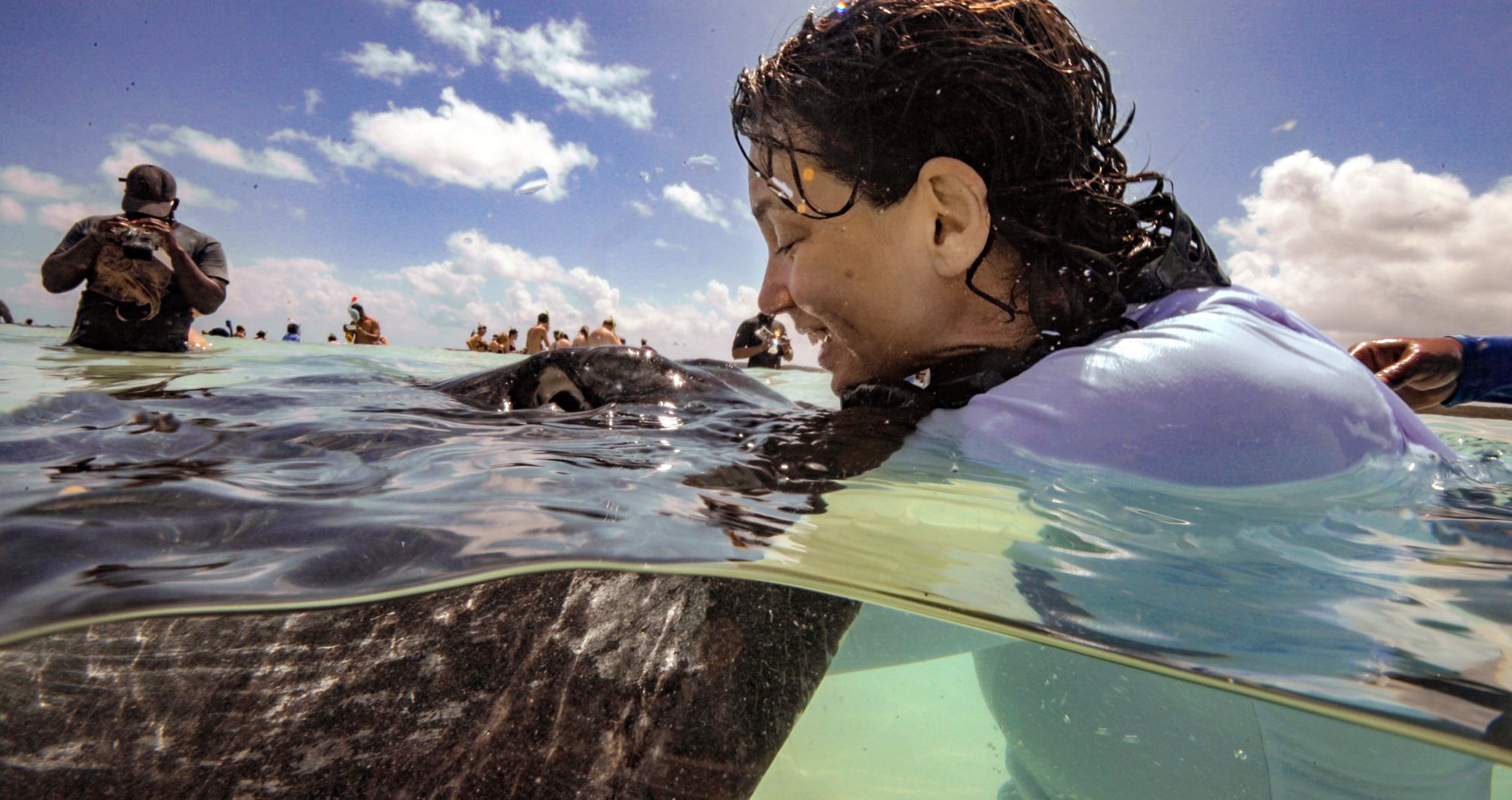

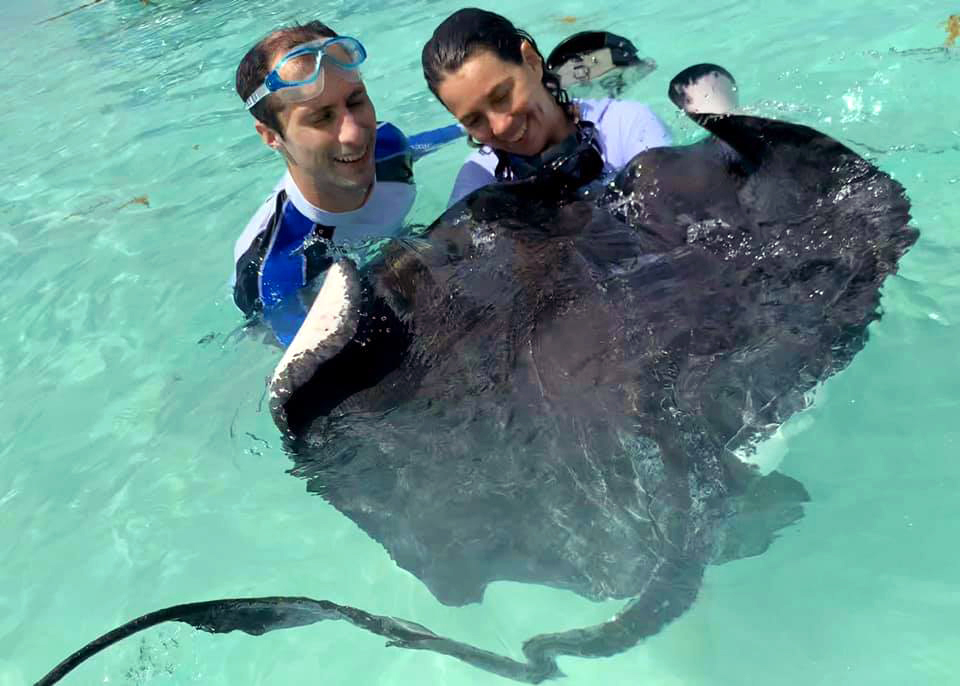



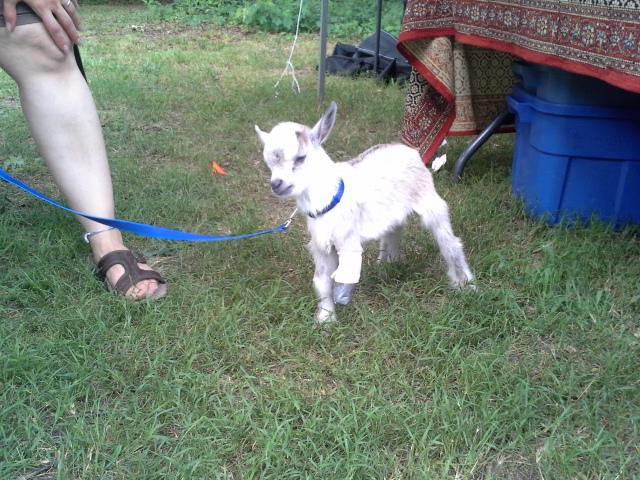








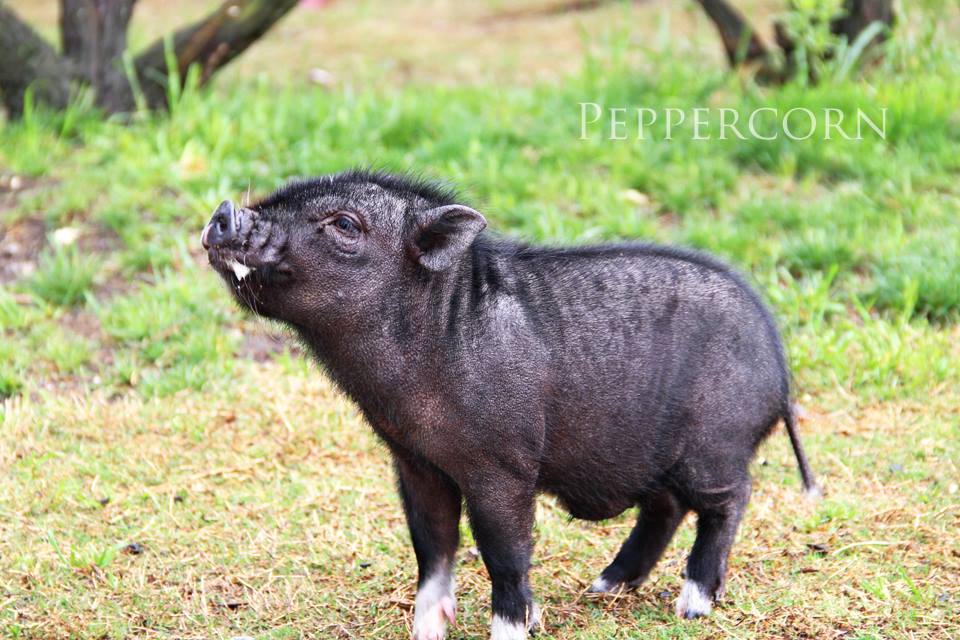

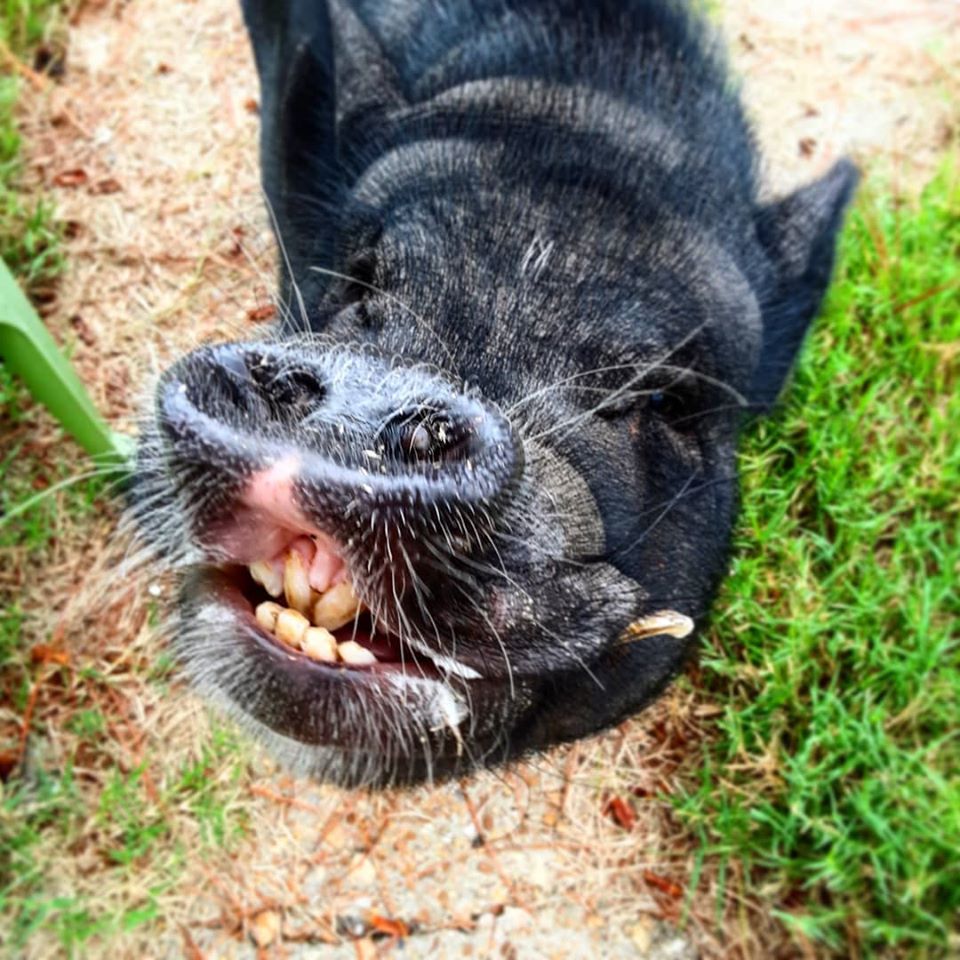

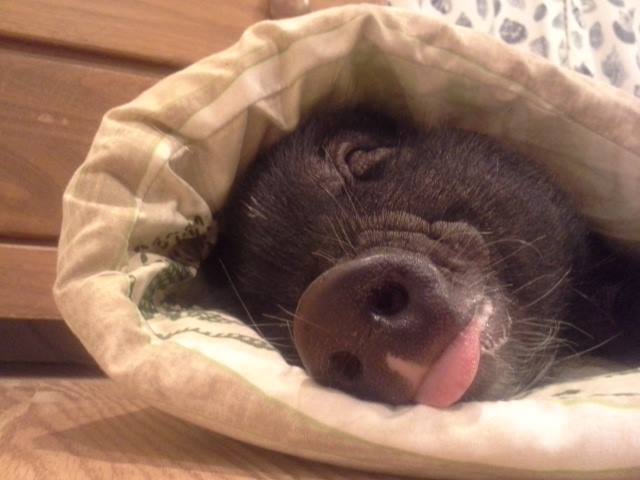
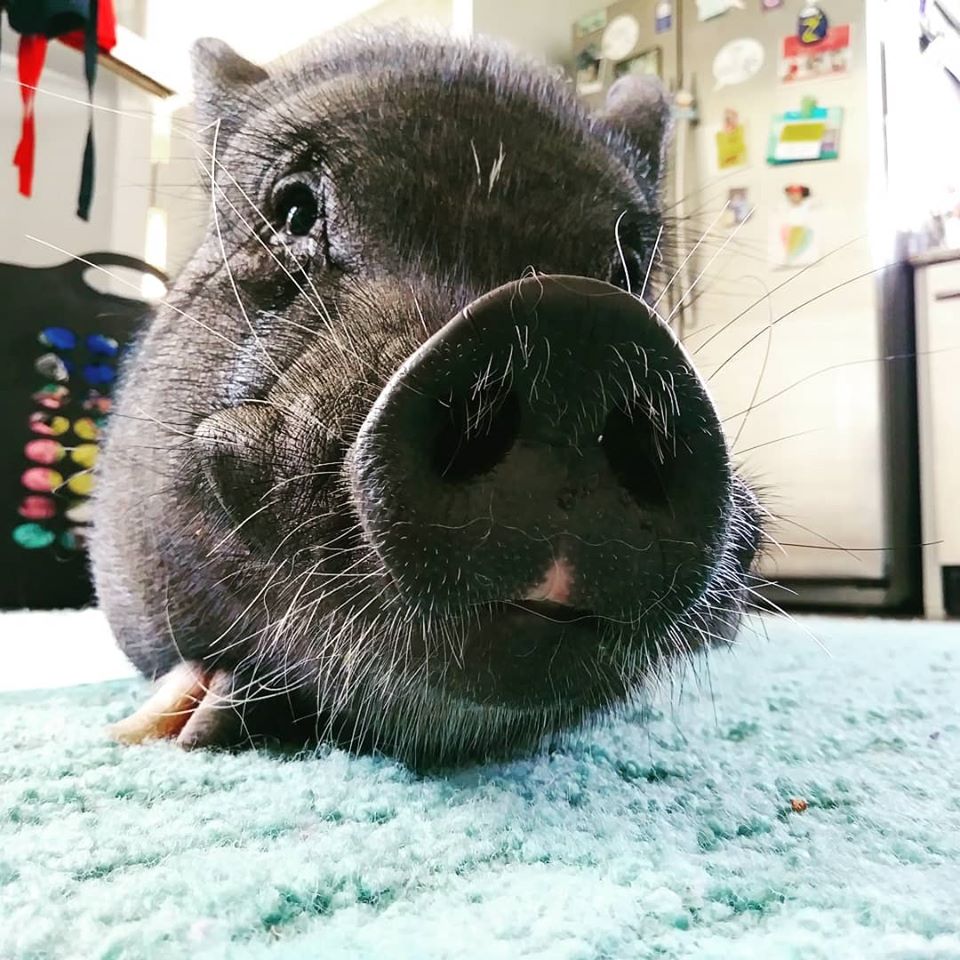
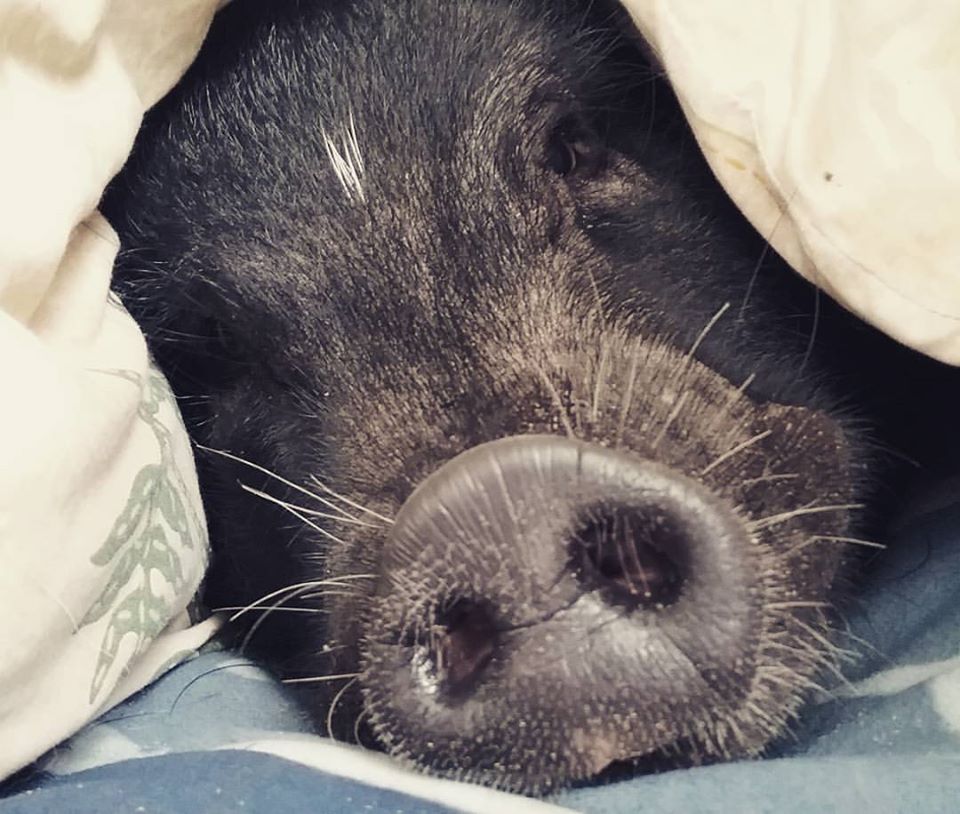
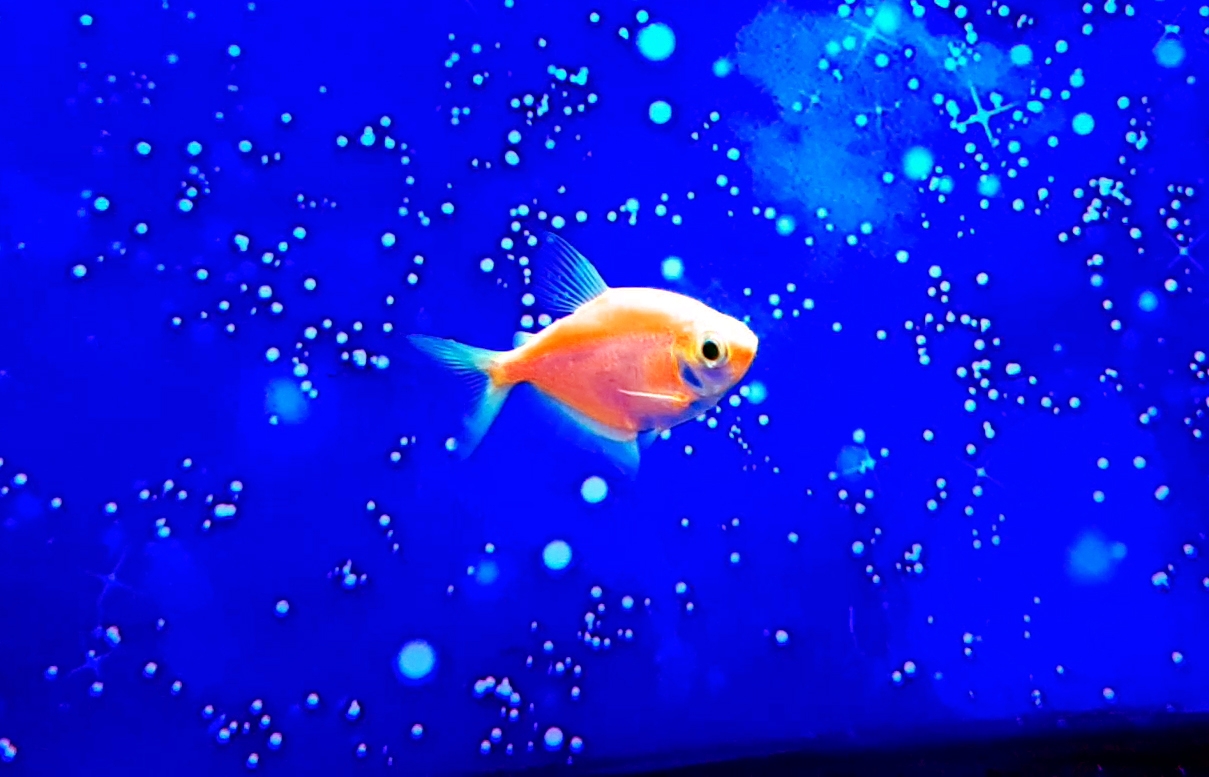

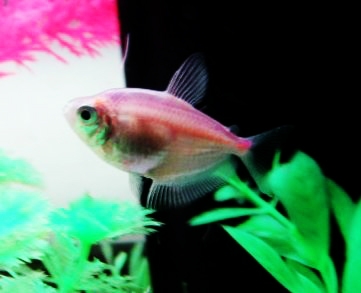
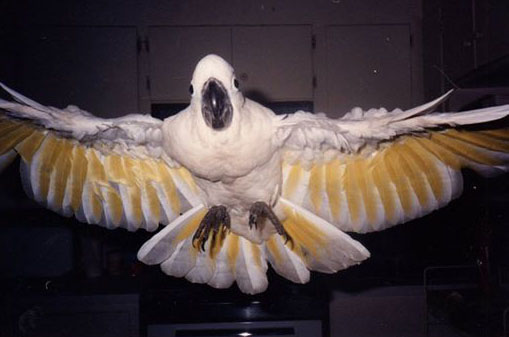
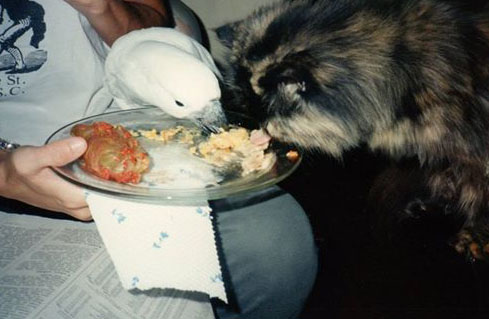
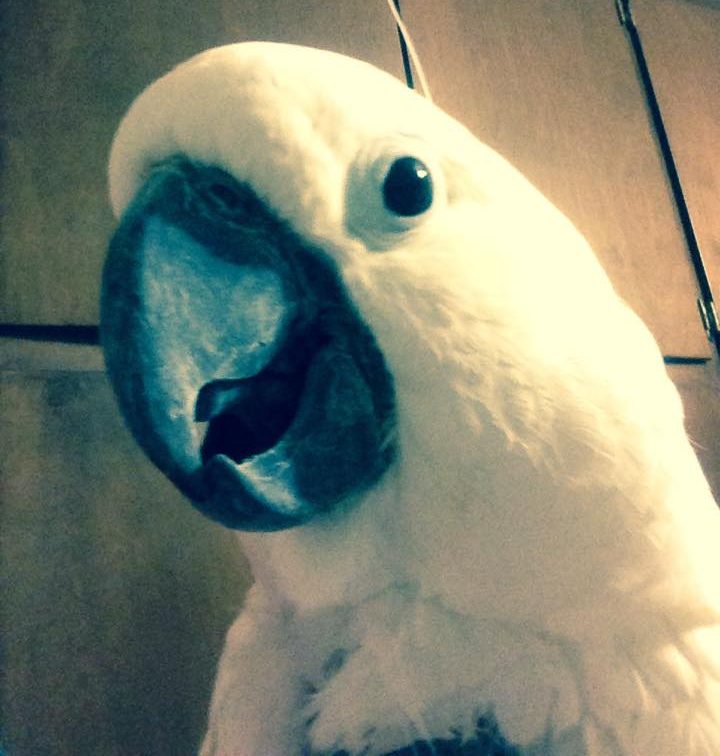
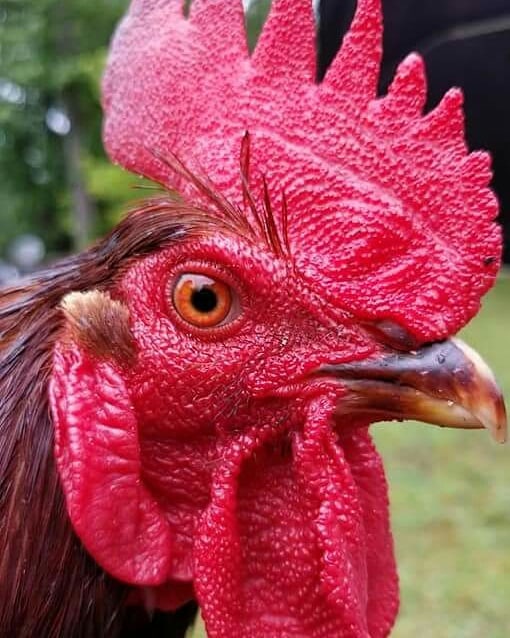
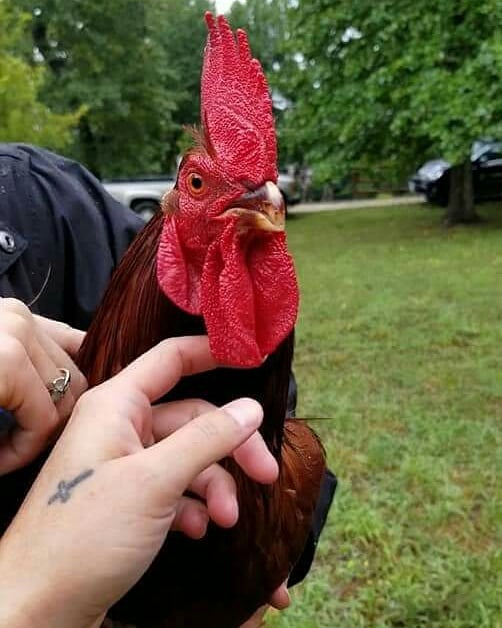

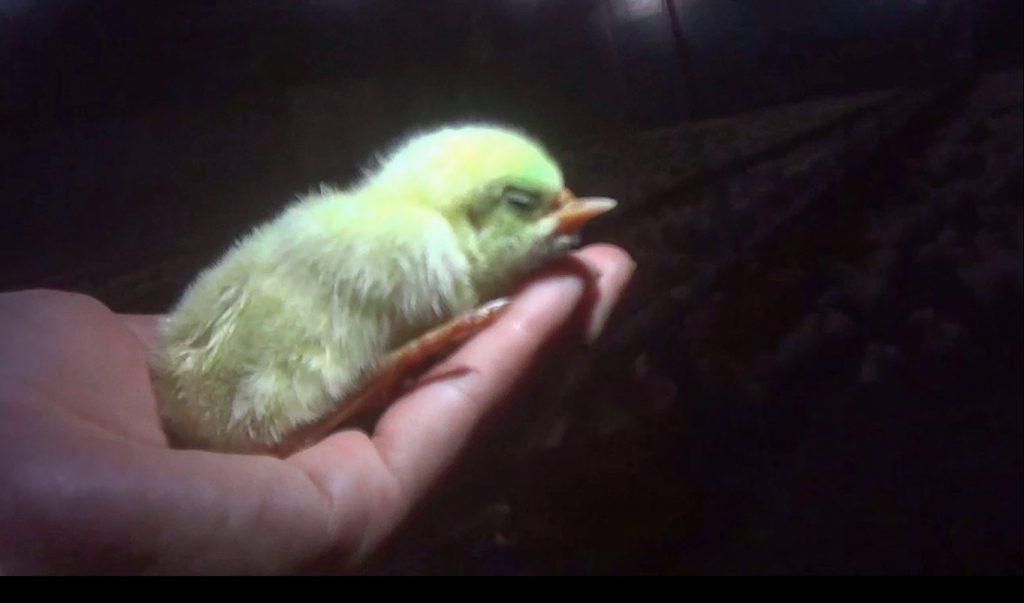
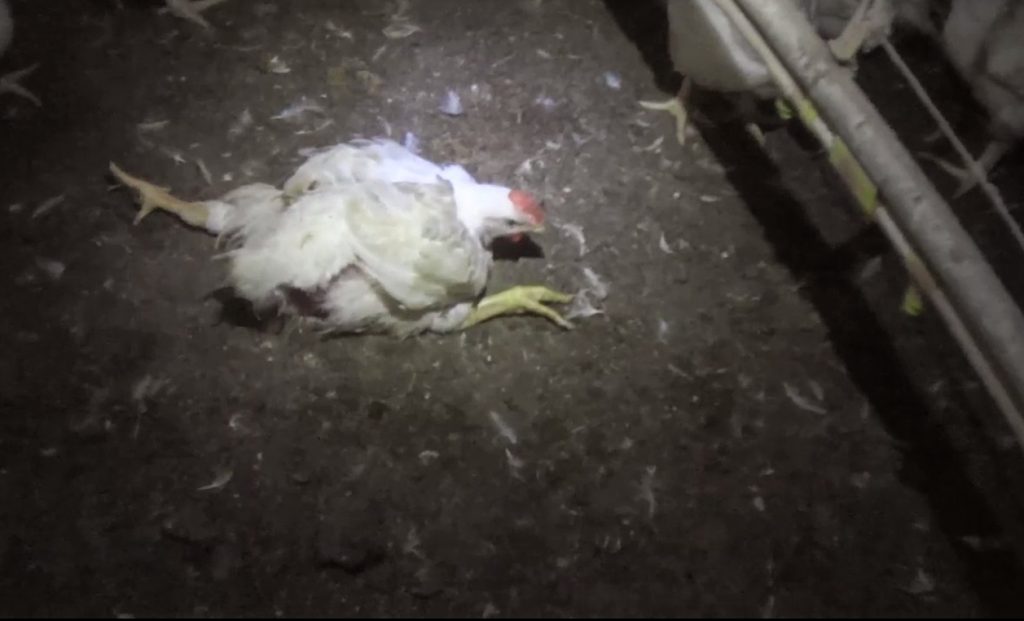
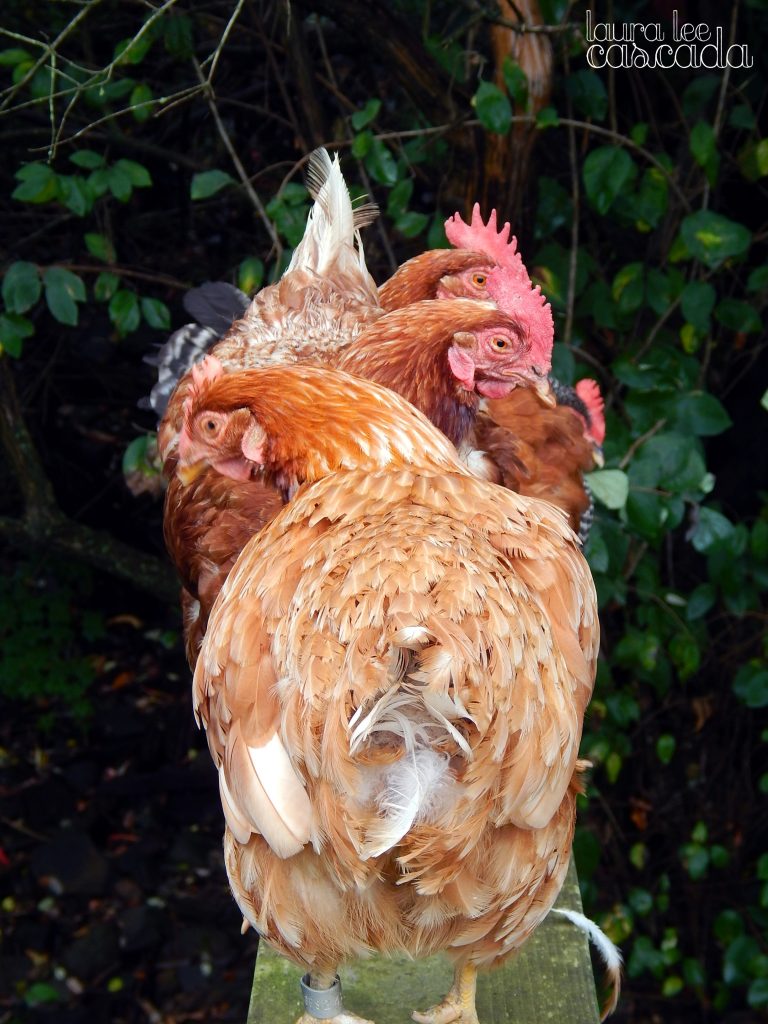
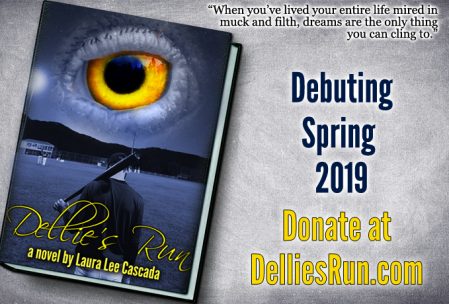
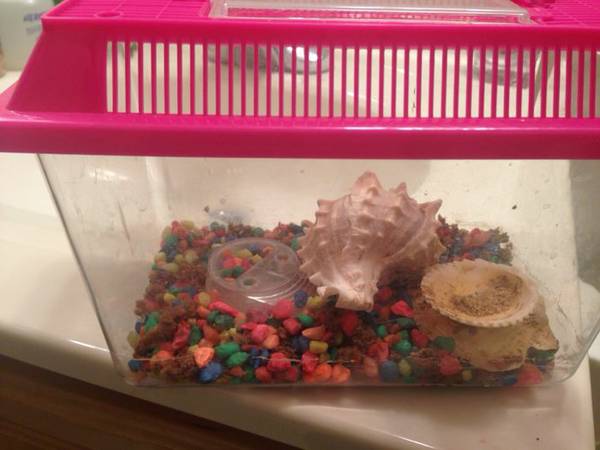
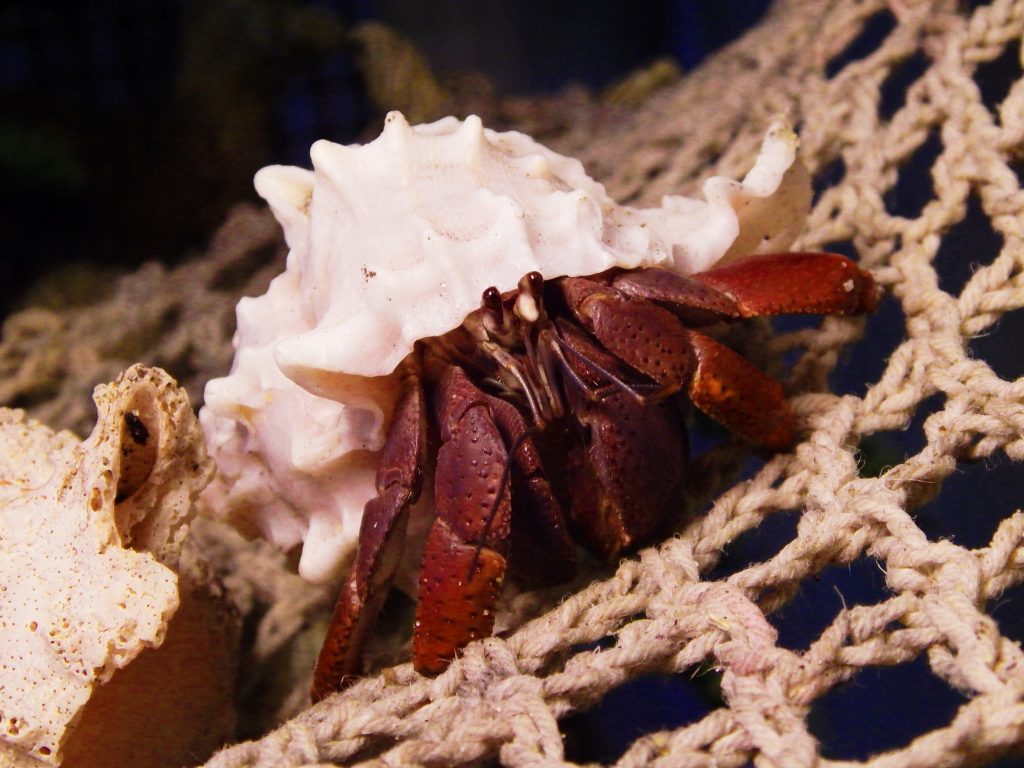 But, sure enough, there was someone. Clinging tightly to the inside of the white shell in the middle of this cage was Molasses, a petrified wild Caribbean hermit crab.
But, sure enough, there was someone. Clinging tightly to the inside of the white shell in the middle of this cage was Molasses, a petrified wild Caribbean hermit crab.